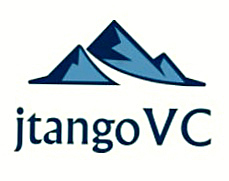In retrospect, it always seems obvious. Person or Company X becomes famous, and, inevitably, they fall out of favor. I’m thinking of people like Tiger Woods, Newt Gingrich, Richard Nixon and others. I’m thinking of eToys, Yahoo!, Webvan and others. Now, it’s Facebook’s turn. Much has been written about the data leakage scandal, and I
Category: Business models
What Is the ‘Business of Your Business’?
I often meet with entrepreneurs with some great product ideas. In fact, I just finished speaking with a NYC start-up with a really cool idea. Great founder. I asked him about his potential product’s use cases. I think such hypotheses really drive strategy and go-to-market. One product can have multiple use cases, each of which can pull
Why Your B2B Cost Strategy Must ‘Fit’
Your B2B cost strategy must match your B2B revenue model, or your business model won’t click. Let me explain. I wrote in the past about B2B revenue models (here) and the differences between the perpetual licensing and subscription pricing models. The summary is this. If you charge $1 for your software, a licensing model lets you get that
Why B2B Revenue Models Really Matter
Our firm does a lot of “B2B” and “B2B2C” investing. We are comfortable backing start-ups attacking the SaaS/software/tech spaces, whether they end up selling directly to other businesses or helping other businesses sell something unique to consumers. An example of the former is VoltDB, and an example of the latter is OwnerIQ. So, it is
Software Has Eaten Retail
In a different life, I worked extensively at Bain & Co. in the supply chain and retail industries. It put me on the radar of Amazon.com and various VC firms, as the e-commerce wave was arriving in the late 1990s. I’m thinking about those moments as I read a WSJ article on how Target has fired
One Way to Think About E-Commerce Start-Ups
Now that e-commerce appears to be less hot, we’re increasingly looking at the category. As I’ve written in the past, Customer Acquisition Cost is a key driver of the business. Another thing we look at in particular is industry structure. Specifically, we look at the supply chain and try to see where the “fat” is
